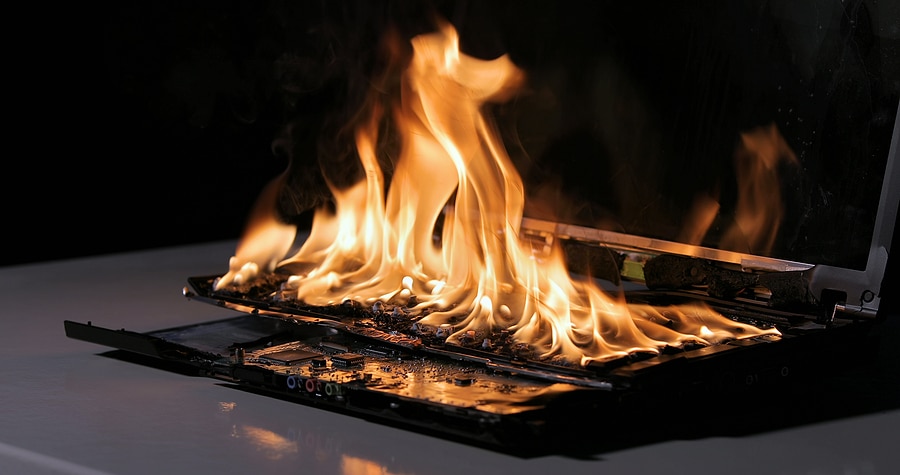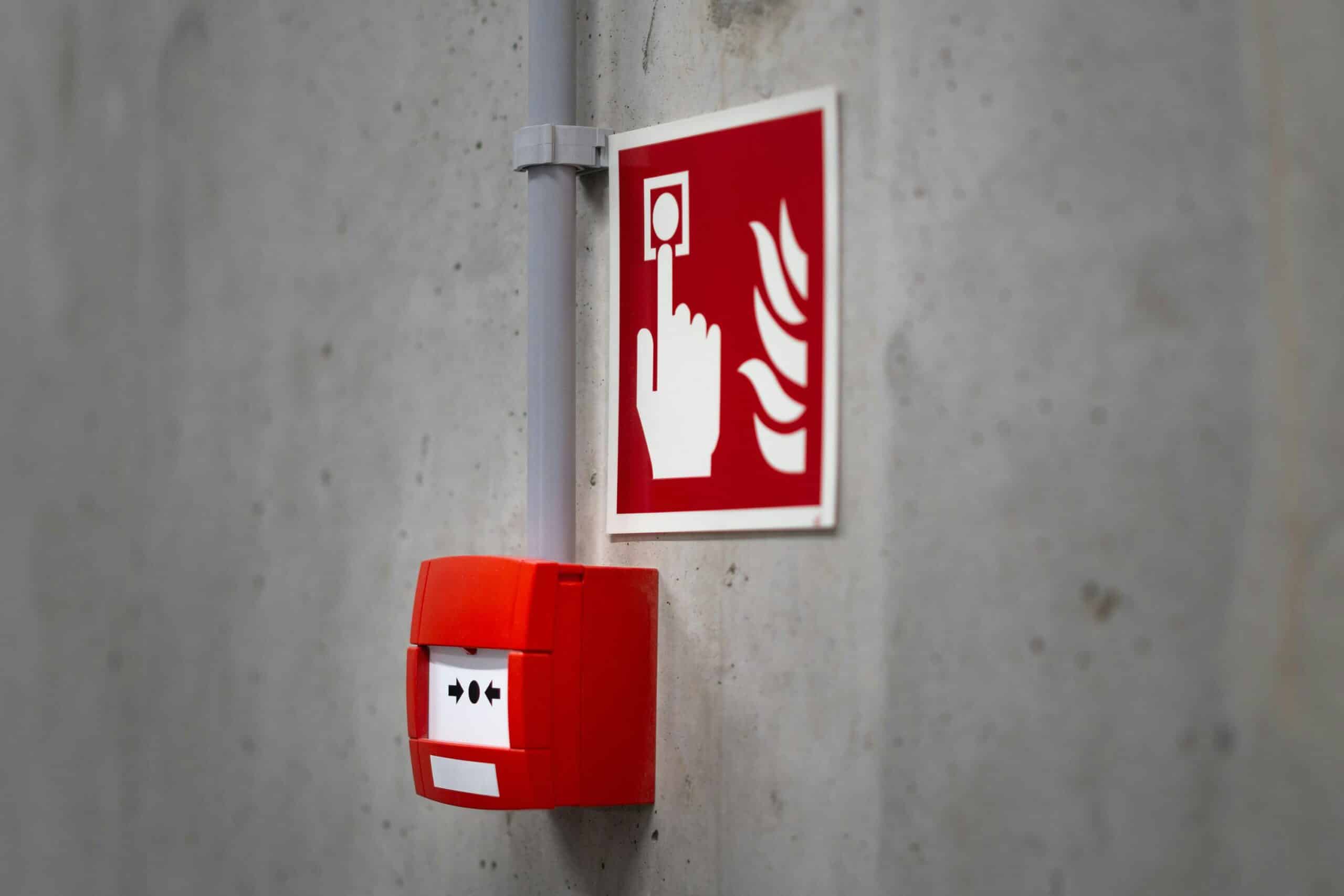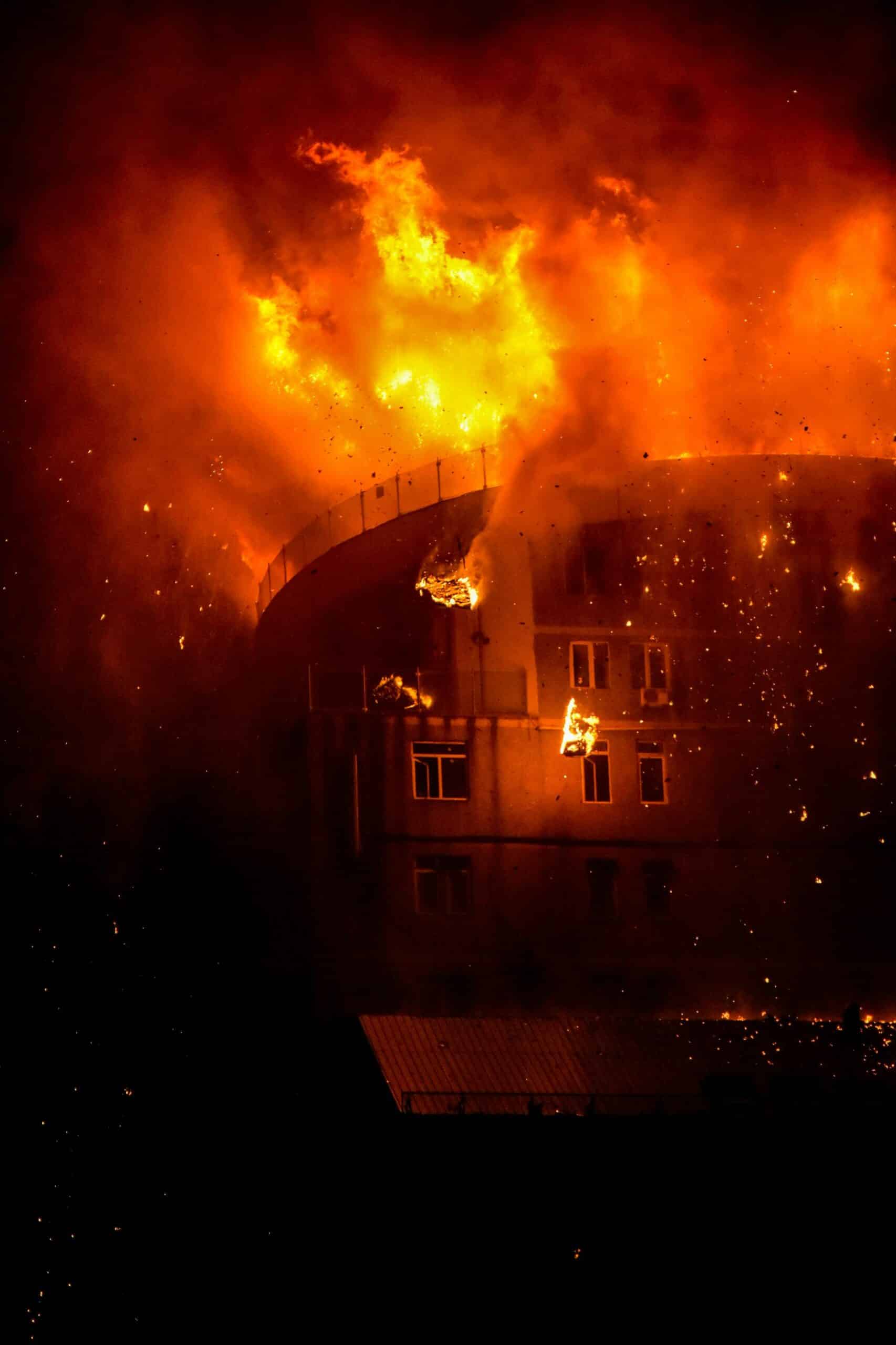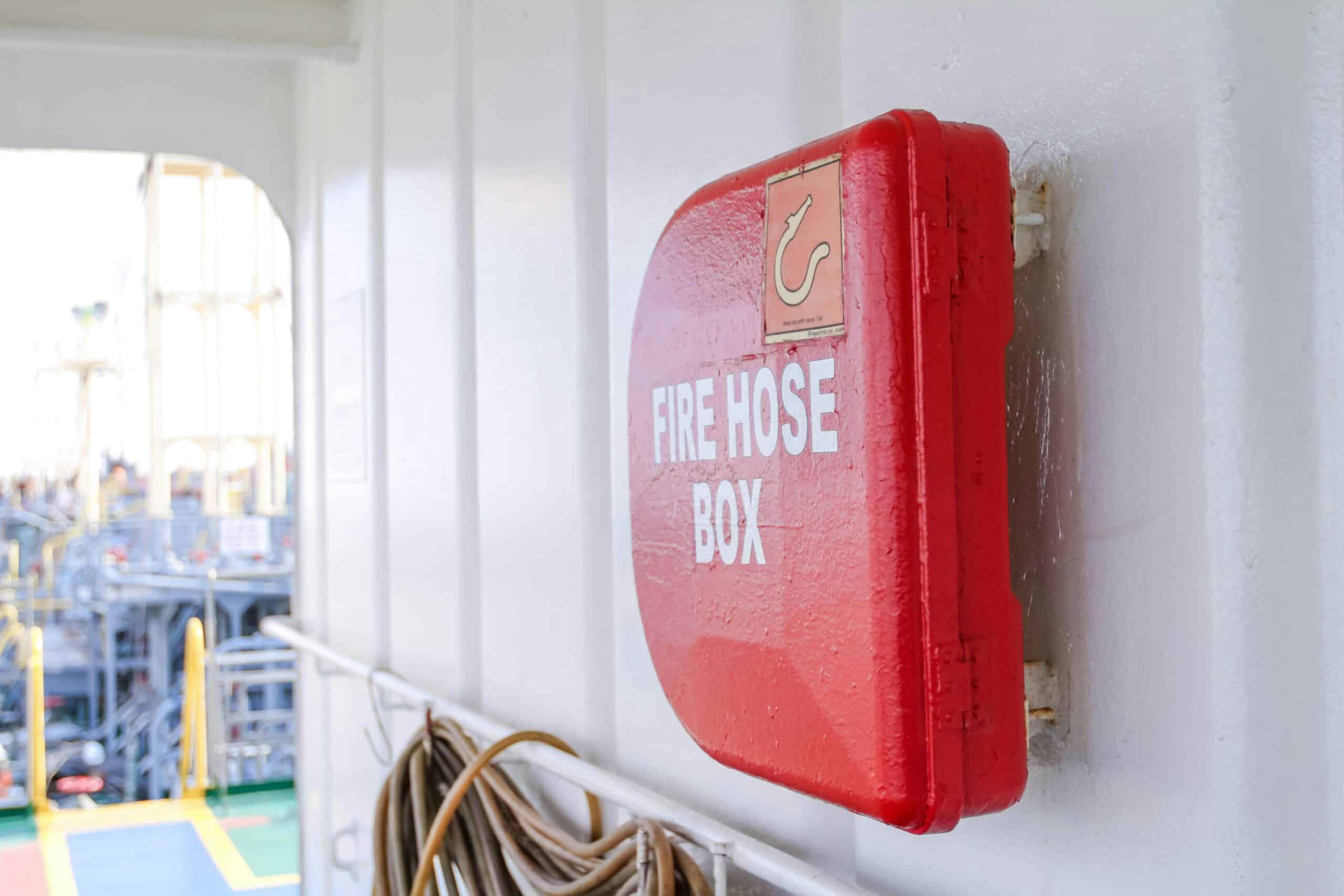
How to Put Out a Lithium-Ion Battery Fire
Lithium-ion battery fires pose unique challenges due to their chemical composition and thermal runaway process. Here’s a comprehensive guide on how to safely handle and extinguish these fires.
Understanding Lithium-Ion Battery Fires
Lithium-ion battery fires differ from conventional fires because:
• They generate their own oxygen during combustion
• They can reach extremely high temperatures (over 1000°F/538°C)
• They can reignite hours or even days after appearing to be extinguished
• They release toxic gases including hydrogen fluoride
Immediate Safety Steps
• Evacuate the area if a battery is showing signs of thermal runaway (swelling, hissing sounds, smoke, or flames)
• Call emergency services (911 in the US) immediately
• Alert others in the vicinity about the hazard
• Move to fresh air to avoid inhaling toxic fumes
Extinguishing Methods
For Small Battery Fires (Single Cell Phone, Small Device)
• Class D fire extinguisher: Specifically designed for metal fires
• Large amounts of water: Unlike many metal fires, lithium-ion battery fires benefit from water cooling
• Sand or dirt: Can help smother smaller fires if nothing else is available
For Larger Battery Fires (EV, E-Bike, Large Battery Bank)
• Professional firefighting equipment: These fires typically require specialized equipment
• Continuous water cooling: May require thousands of gallons of water
• Thermal imaging cameras: To monitor for hidden hotspots
Important Don’ts
• DON’T use standard ABC fire extinguishers alone – they typically can’t provide enough cooling
• DON’T use small amounts of water – this is insufficient and potentially dangerous
• DON’T attempt to move a burning battery unless absolutely necessary
• DON’T assume the fire is completely out – monitor for at least 24 hours
Prevention Measures
• Store batteries at 30-50% charge when not in use
• Keep batteries away from extreme heat and direct sunlight
• Use only manufacturer-approved chargers
• Inspect batteries regularly for damage, swelling, or leaking
• Dispose of damaged batteries properly at recycling centers
After a Battery Fire
• Ensure proper ventilation of the affected area
• Have the area professionally cleaned due to toxic residue
• Consult with experts before handling or disposing of damaged batteries
• Document the incident for insurance purposes
Remember that safety is paramount when dealing with lithium-ion battery fires. When in doubt, evacuate, call for professional help, and prioritize personal safety over property.
Call Reliable Fire Protection in Bellaire and nearby areas. Have them do an assessment of your business to determine what your unique fire protection needs are.
Related Articles

How Fire Protection Systems Lower Insurance Premiums
Installing fire protection systems not only protects your property but can also reduce insurance premiums. Insurers reward proactive risk management. Learn how your investment in safety can pay off.

12 Bad Fire Safety Habits That Can Burn Down Your Workplace
Complacency with fire safety can lead to disaster. From blocked exits to ignored alarms, we cover the habits that put businesses at risk. Identify and correct these behaviors before it’s too late.

How Does A Fire Protection System Actually Help Your Business?
Fire protection systems do more than meet code—they safeguard your people, property, and operations. Learn how they work behind the scenes to minimize damage. The long-term benefits often outweigh the cost.
